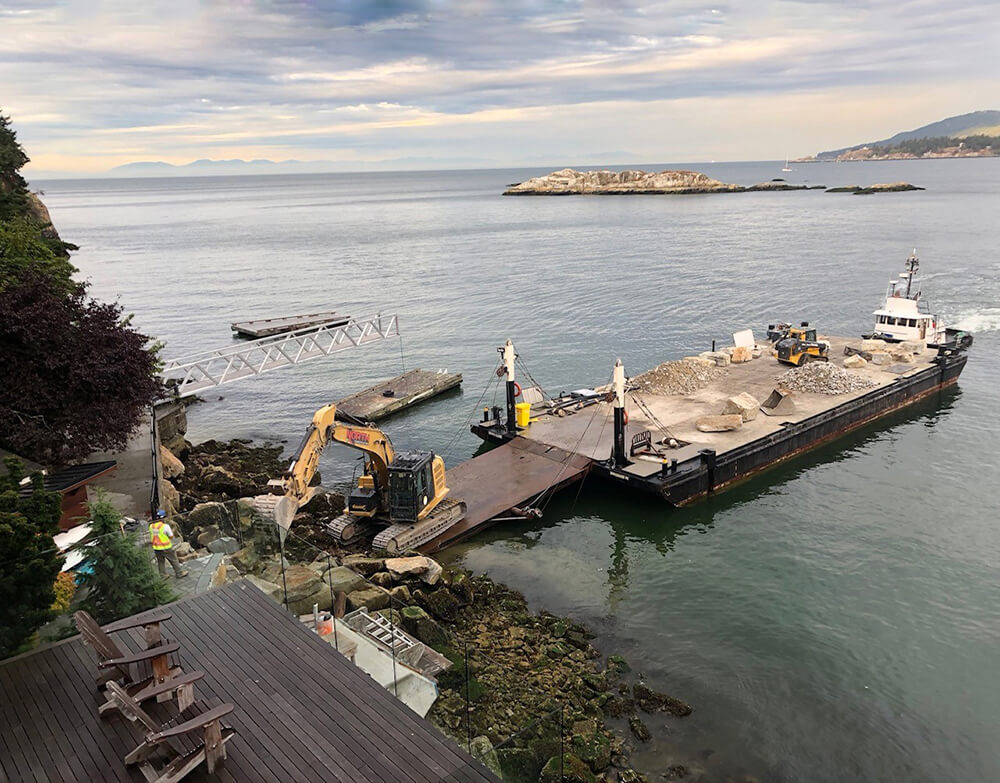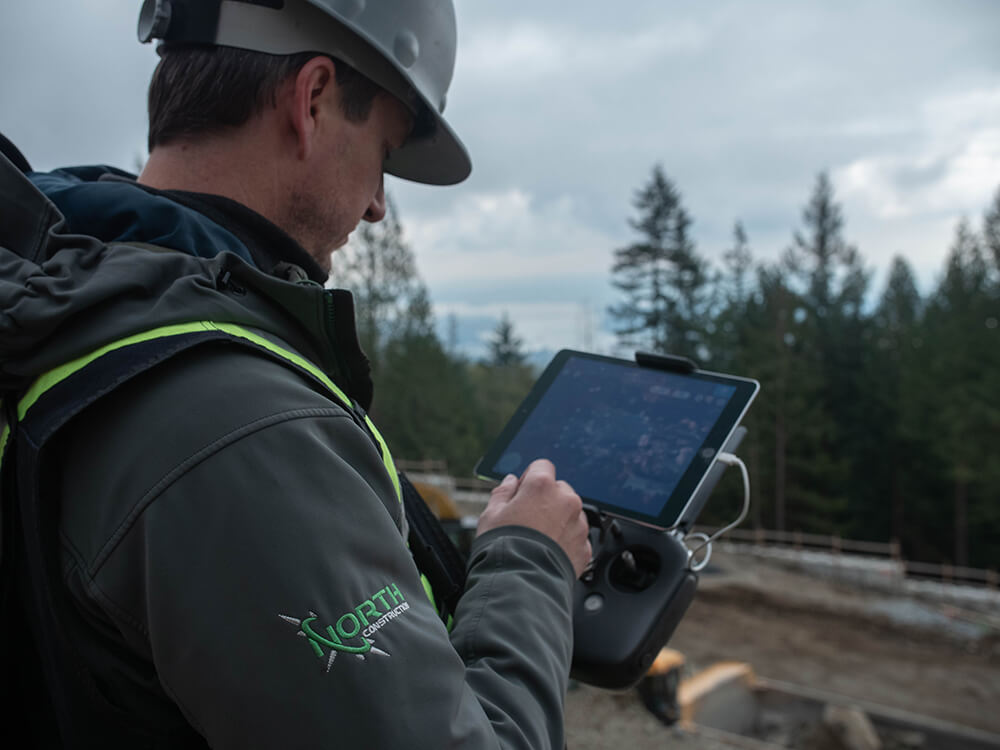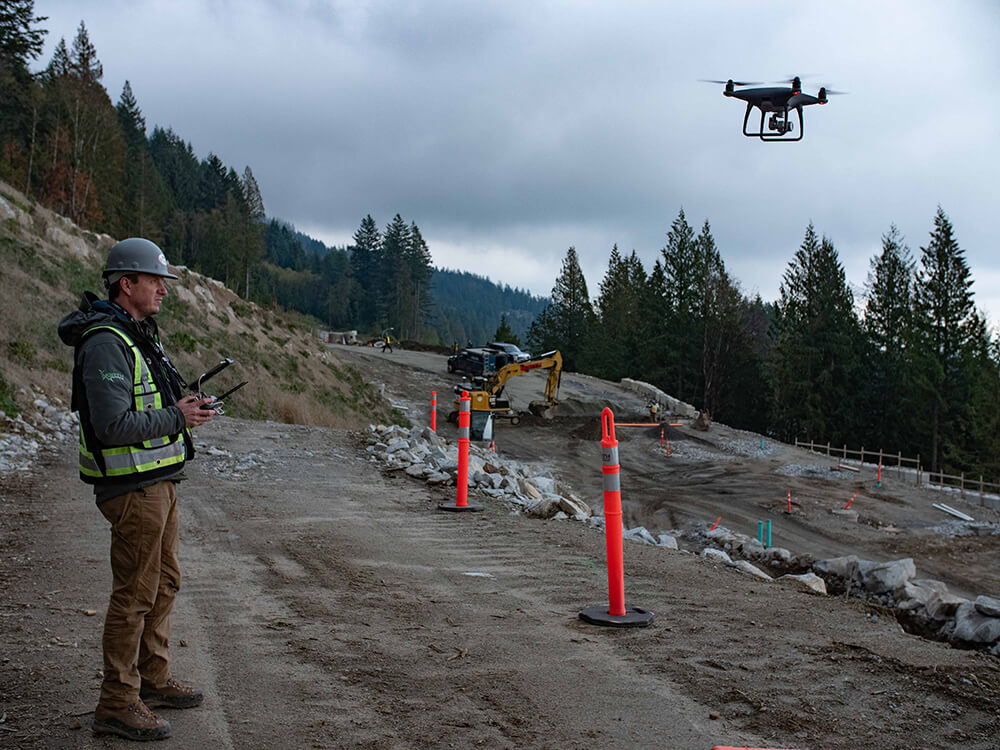When they come out with a new machine, they'll provide some training and walk the operator through all the bells and whistles with that unit. They go over what's new, whether we're moving from a Cat® F series to a Next Gen machine. As with anything, there's bugs and issues that come up,” says Joel. “But they're always quick to pick up the phone and help diagnose remotely. And if need be, they’ll come out to the site and deal with the issue in person.”
Time is money and one of the biggest benefits of using technology is doing the job faster and more efficiently. For North, they see the added value daily. “I think the biggest benefit is the increased efficiency in which jobs are completed and almost eliminating rework,” says Joel. “Having the design in each operator’s machine so that they can be working on the latest version of whatever aspect is going on in that job and knowing that when they've moved from one zone to the next, that all the work completed is done to design with no issues, is a huge value. It’s a little intangible, but I would guess we're somewhere in the 20 to 30% increase in productivity on a specific task today versus before we had any 3D GPS capabilities. The biggest thing we've noticed is we can complete three to four times the volume of work without increasing the size of our survey team.”
To truly take advantage of the benefits of technology and be successful takes a lot of work. It requires a huge investment of time and energy and a commitment to changing the way you do business. North Construction has made that commitment and has seen a big return on their investment. “It doesn't come down to so much the cost of the software and the hardware on the equipment it’s the overall value added,” says Joel. “At the end of the day, does the technology provide you with what you need for your business?” For North, this is not a one-time solution. It’s an evolution that has changed the way they operate. “We will never continue to do anything the same way. We will continue to try new technologies, new software and new equipment. And when we find those pieces that fit for our business model, make us more efficient and keep us leading the way, we will adopt them.”
Companies interested in following North’s lead and adopting technologies to advance their business would do well to heed the advice of the expert. “The best advice I can give is don't wait,” says Joel. “It's only accelerating. The longer you wait, the higher the cost, and it’s more complex to integrate technology into your business model. Make it part of your company culture. If you're not wanting to continuously change and evolve, technology is not going to help you. You have to want to continuously get better. Some things you'll try won’t work or you’ll realize that's it’s not for you. But for the most part, if you get the right guidance, you’ll see the value and realize you can integrate it successfully into your business.”
“For North Construction, what we're trying to create is a tech mentality of constantly striving to accelerate and push things further faster and always be on the cutting edge in an industry that was lagging behind for so long. I think this is a good model for advancing our construction business. It gives us an advantage not only for hiring talent, but also for being safer and more efficient for our clients,” says Joel. “There is still huge potential coming from both the equipment side and in the 3D GPS grading. I think we're pretty close to seeing some big leaps in capabilities and North will continue to work closely with Finning and Caterpillar to help test and bring along those new technologies so that we can continue to be industry trailblazers.”
Read the article in Heavy Equipment Guide.




Share This